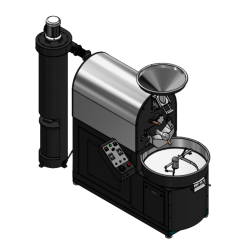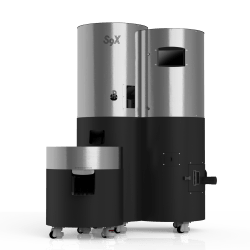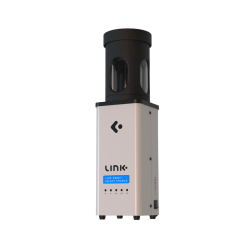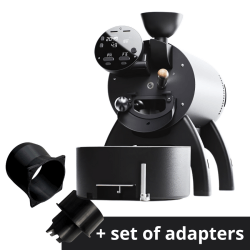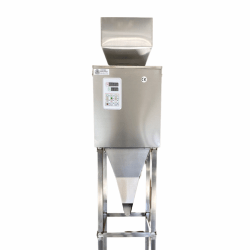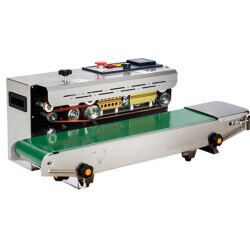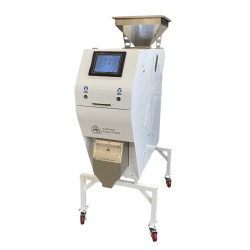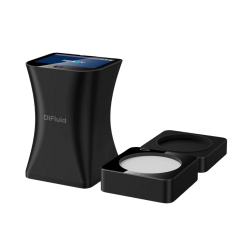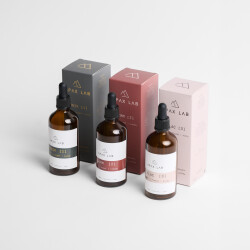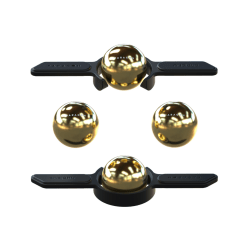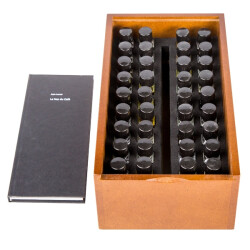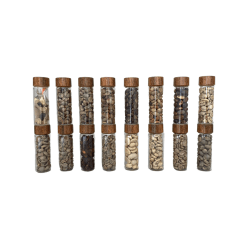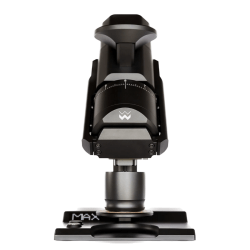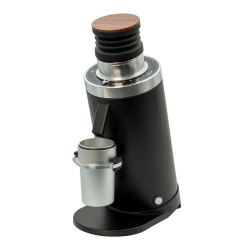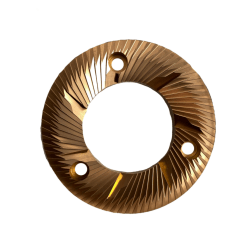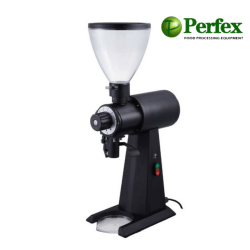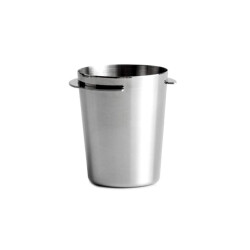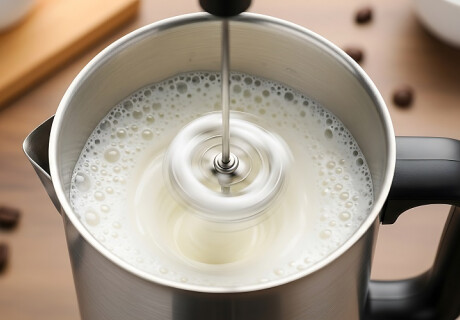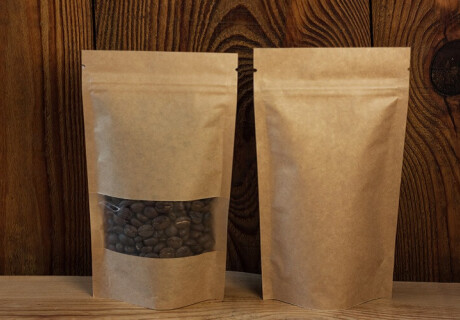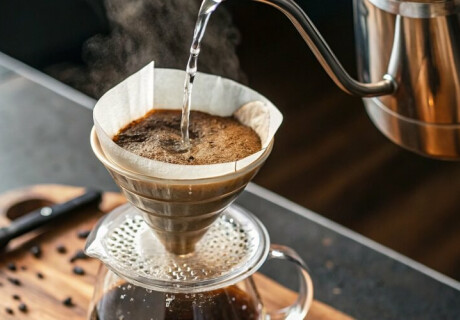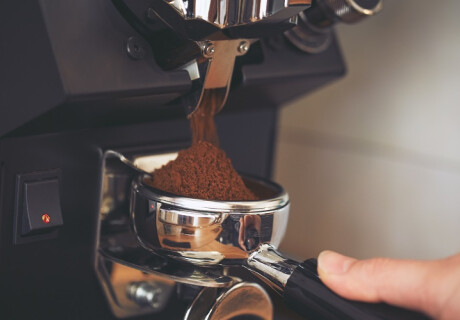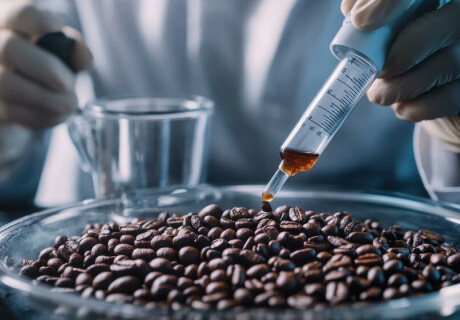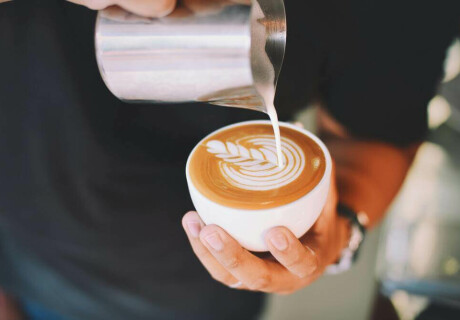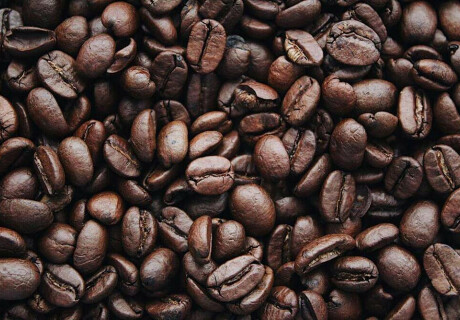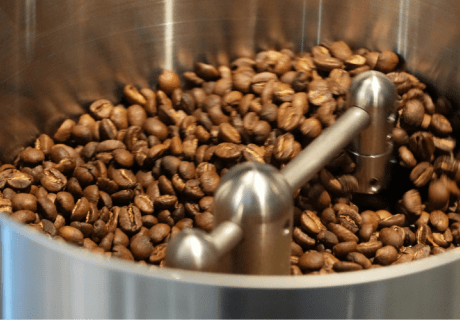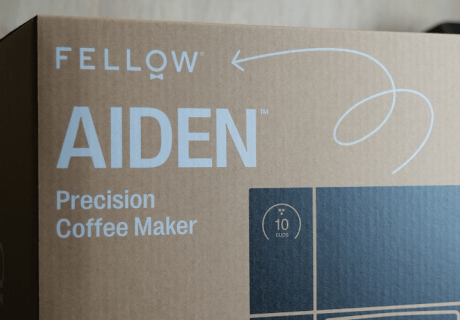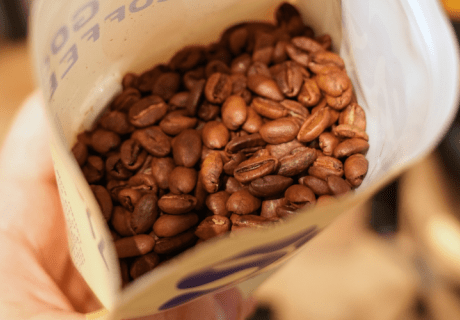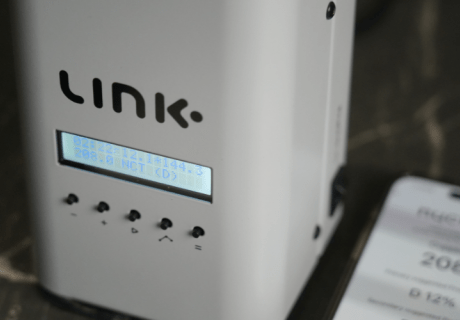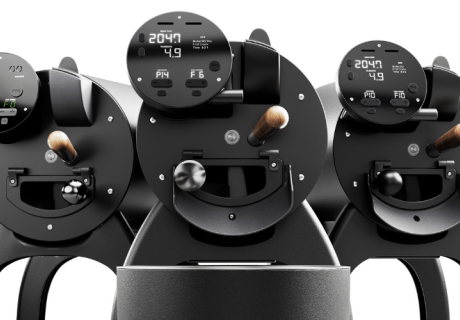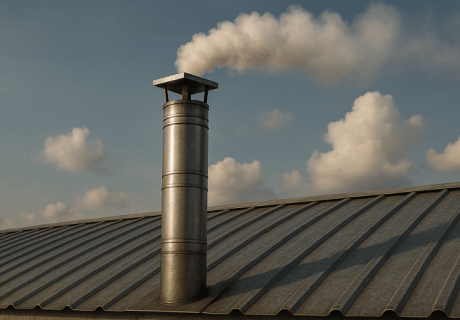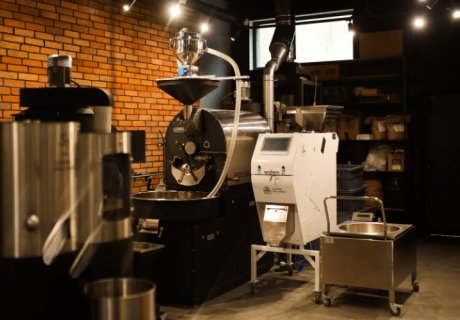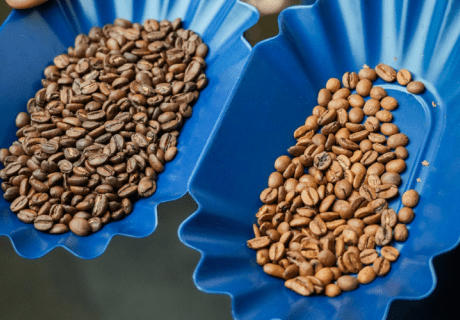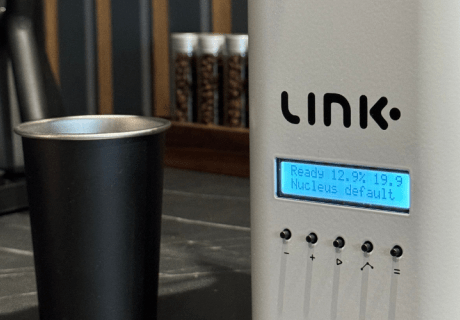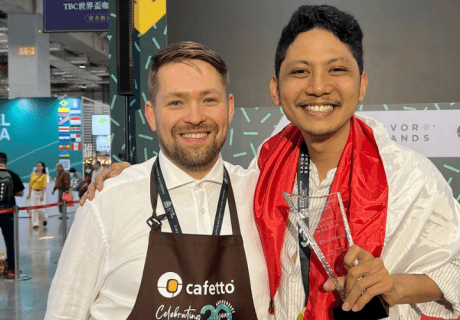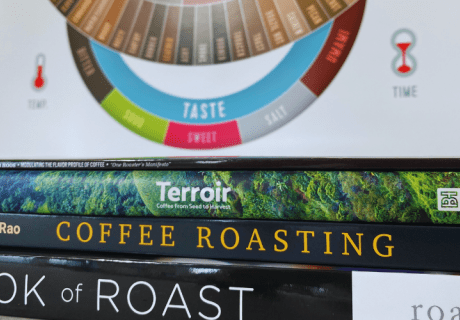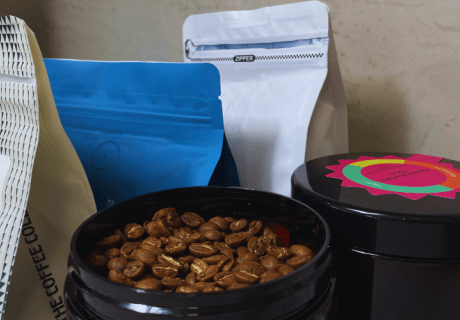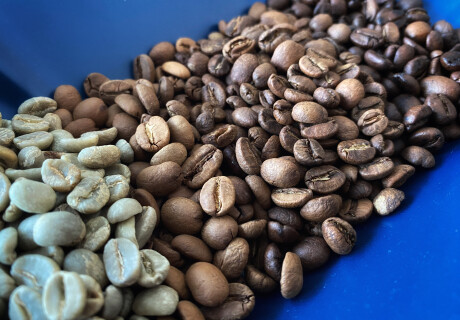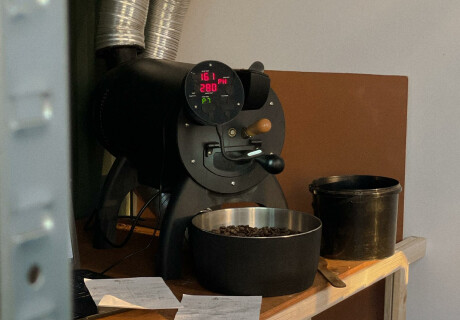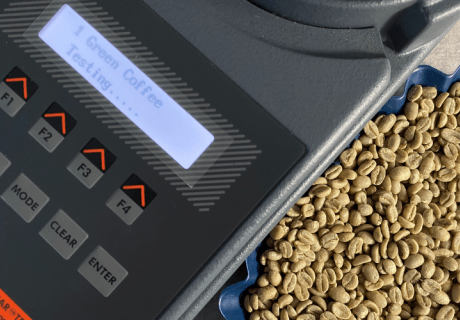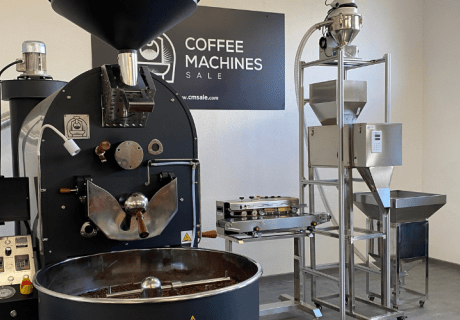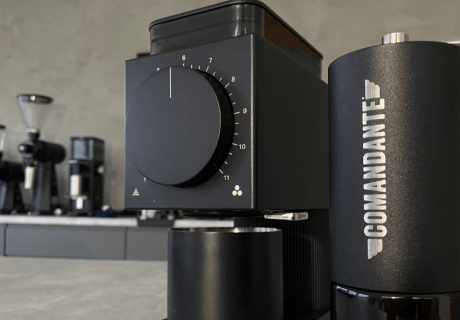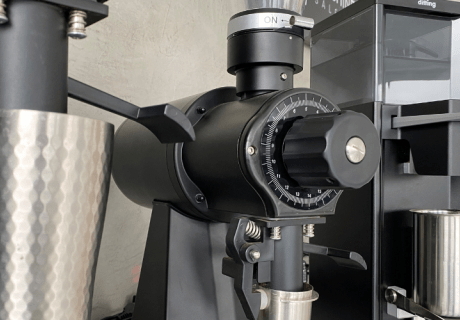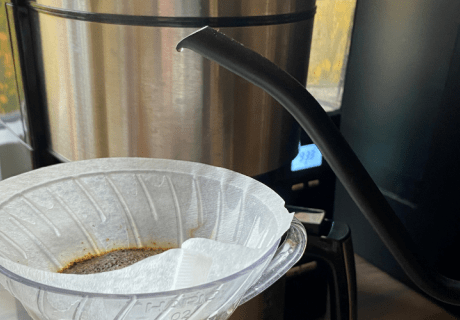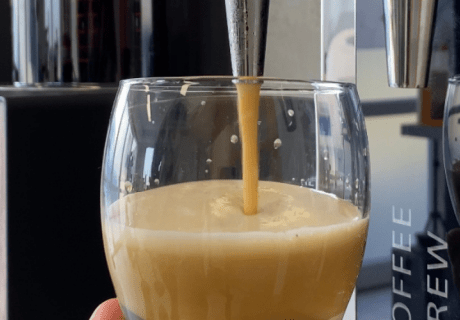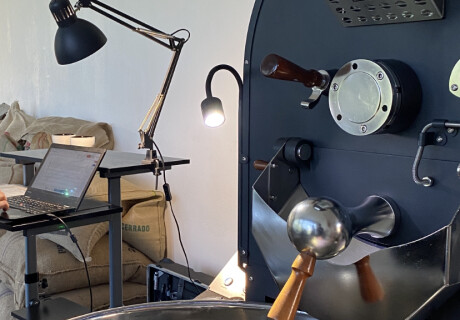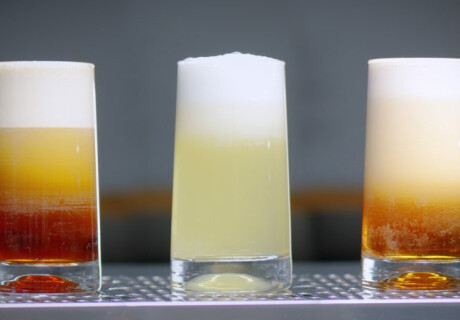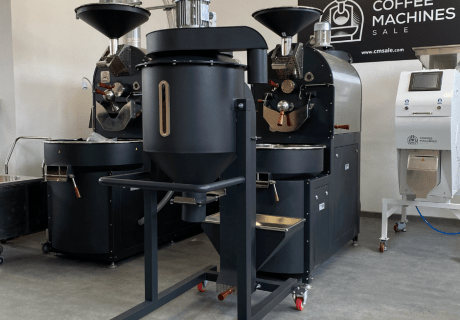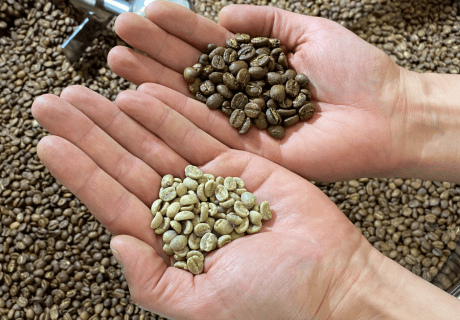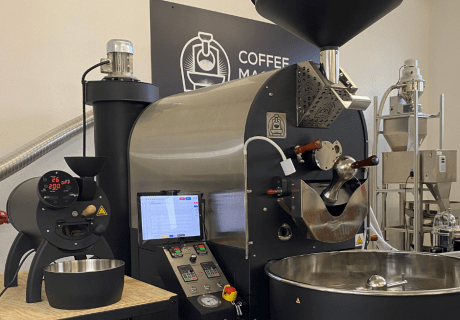The Heat Factor: A Guide to Different Types in Roasting Equipment
The transformation of raw, green coffee beans into the aromatic and flavorful beans we cherish is a delicate dance of heat and chemistry. At the heart of this metamorphosis lies the intricate science of heat transfer, a process that demands both precision and intuition. This article delves into the nuances of heat transfer in coffee roasting, exploring how it shapes the flavor, aroma, and overall quality of our beloved brew.
The Fundamentals of Heat Transfer
Before we immerse ourselves in the world of coffee roasting, it's crucial to understand the basic principles of heat transfer. Heat, in essence, is the transfer of thermal energy from one body to another due to temperature differences. In the realm of physics, we recognize three primary mechanisms of heat transfer: conduction, convection, and radiation. Each of these plays a unique and vital role in the intricate process of coffee roasting.
The Triad of Heat Transfer in Coffee Roasting
1. Conduction: The Direct Touch

Conduction in coffee roasting occurs when beans come into direct contact with the hot surfaces of the roasting drum or other heated components. This method excels at rapidly increasing bean temperature, especially in the initial stages of roasting, but it's a double-edged sword. While conduction can quickly kickstart the roasting process and create desirable flavor compounds through Maillard reactions, it also risks uneven heating and potential scorching if not carefully managed.
In advanced electric roasters like those manufactured by Stronghold, conductive heat transfer is optimized through a specialized system. An agitating blade pushes the coffee from the center of the drum to its far edges, ensuring even and efficient application of conductive heat to the coffee beans. This innovative approach helps mitigate the risks associated with conduction while maximizing its benefits, allowing for more precise control over the roasting process.
2. Convection: The Circulating Embrace

Convection involves the transfer of heat through the movement of hot air around the coffee beans. This method shines in promoting uniform heat distribution, offering better control over the roast profile and reducing the risk of scorching. However, convection can be less energy-efficient than conduction and may result in longer roasting times, requiring careful management of airflow to achieve optimal results. The beauty of convection lies in its ability to develop complex flavors while maintaining evenness across the batch.
3. Radiation: The Invisible Touch

Radiation transfers heat through electromagnetic waves, primarily from the heated elements of the roaster. This method complements conduction and convection by penetrating the beans and contributing to internal heating. While radiation helps ensure even roasting throughout the bean and enhances overall roasting efficiency, it's traditionally been less controllable than other methods.
However, innovative roaster designs are changing this paradigm. For instance, Stronghold's Smart Roasters incorporate halogen technology to harness radiant heat more effectively. These halogen elements truly differentiate advanced roasters from traditional models. By penetrating more energy through multiple layers of the coffee beans, halogen-based radiant heat allows for more even development of the coffee, both inside and out. This technology offers roasters unprecedented control over the radiant heat component, enabling them to fine-tune the roasting process for optimal flavor development.
The Roasting Journey: A Heat Transfer Perspective
Understanding how these heat transfer methods interplay throughout the roasting process is key to achieving desired flavor profiles. Let's walk through the roasting stages, examining the role of heat transfer at each step.
1. Drying Phase
In the initial drying phase, as beans warm from ambient temperature to about 150°C, conduction takes center stage. Moisture begins to evaporate, and beans transition from green to yellow. This stage sets the foundation for flavor development, though little actual flavor change occurs here.
2. Yellowing and Early Browning
As temperatures rise from 150°C to 175°C, we see a shift from primarily conduction to a more balanced mix of conduction and convection. The beans continue to dry and begin to turn light brown, shedding their grassy smell. This transition phase prepares the beans for the crucial flavor development stages to come.
3. Browning and Maillard Reactions
Between 175°C and 205°C, we enter the critical phase of flavor development. Here, a harmonious balance of conduction, convection, and the emerging influence of radiation facilitates the onset of Maillard reactions. These complex chemical reactions produce hundreds of flavor compounds, marking the beginning of the coffee's unique flavor profile.
4. First Crack and Development
Around 205°C, we reach a pivotal moment known as the "first crack." Convection becomes the dominant heat transfer method, supported by ongoing conduction and radiation. This stage is marked by audible cracking sounds as the bean structure breaks down and oils start migrating to the surface. It's during this phase and the subsequent development stage that the roaster's skill truly shines, balancing heat transfer methods to guide the beans towards their intended flavor profile.
5. Finishing the Roast
For lighter roasts, the process might conclude shortly after the first crack. For darker roasts, it continues to around 230°C-240°C, possibly reaching a "second crack." In these final moments, convection and radiation play significant roles. The roaster must carefully manage heat transfer to achieve the desired balance of acidity, body, and bitterness, knowing when to conclude the roast to capture the intended flavor profile.
How Heat Transfer Shapes Taste
The interplay of conduction, convection, and radiation throughout the roasting process profoundly influences the final flavor profile of the coffee. Conduction's rapid heat transfer can develop nutty and toasty flavors, but must be balanced to avoid bitter, burnt tastes from scorching. Convection's even heat distribution promotes balanced flavor development, allowing for the gradual progression of Maillard reactions that produce complex flavor compounds. Radiation, especially when enhanced by technologies like halogen heating, contributes to the development of body and depth, aiding in the caramelization of sugars and ensuring even roasting from the inside out.
The Never-Ending Pursuit of Perfection
Understanding and mastering heat transfer in coffee roasting is a never-ending journey of discovery and refinement. It's a pursuit that blends scientific precision with artistic intuition, where each batch offers new insights and opportunities for improvement. As technology advances, exemplified by innovations like Stronghold's halogen-enhanced radiant heating, we can anticipate even more precise control over heat transfer in coffee roasting, opening new frontiers in flavor development and consistency.
For the professional roaster, the home enthusiast, or the curious coffee lover, appreciating the intricate dance of heat that brings our favorite beverage to life can deepen our understanding and enjoyment of every cup. It reminds us that in each sip of perfectly roasted coffee, we're tasting the culmination of centuries of craftsmanship and scientific advancement, a testament to human ingenuity and our endless quest for the perfect cup.

